The G7 has promised to mobilize $50 billion (€45 billion) in loans for Ukraine, but the initiative requires consensus among the 27 member states of the European Union (EU).
The European Commission (EC) has given member states three options to implement the G7 plan, which was provisionally agreed at the G7 Summit in June.
Under the plan, about $300 billion (270 billion euros) of the Central Bank of Russia’s (CBR) assets frozen by the West would be used as collateral for the loan. The bulk of the CBR’s assets (210 billion euros) are in the hands of the 27-nation bloc.

Ukrainian soldiers fire a D-30 artillery piece towards Russian troops in the Kherson region, March 2024, amid the ongoing conflict with Russia. Photo: CNN
While the EU cannot seize these assets, it can use the interest earned on them to ensure the loan is repaid without having to make the payments itself.
But this “unprecedented” idea carries a number of financial risks, the biggest of which is the possibility that the assets will be unfrozen before the loan can be repaid. So to secure the loan, the G7 wants to make sure that the EU sanctions regime on these assets is not lifted.
Under EU law, sanctions must be extended every six months with the consent of all 27 member states. This means that if just one country fails to agree, the extension will stall and the G7 plan will fail.
Meanwhile, Hungary is known for regularly deflecting EU decisions in favor of Ukraine. For example, Budapest is currently blocking Brussels from releasing €6.5 billion in military aid to Kiev.
To avoid this dire scenario and ensure long-term predictability, the EC proposed three different options at a meeting of EU ambassadors on 13 September, several diplomats told Euronews.
Accordingly, option one: Freeze assets for 5 years but with annual assessment. In this case, majority consensus is required to unfreeze assets.
Option two: Extend sanctions on Russian assets every 36 months (3 years) and other sanctions on Russia every 6 months (half a year).
Option three: Extend all sanctions against Russia every 36 months (3 years).
The second option has the broadest support, a diplomat said, even as member states are still waiting for specific details.
The information was presented orally by Bjoern Seibert, chief of staff to European Commission (EC) President Ursula von der Leyen. A formal proposal is expected to be shared with member states in the coming days to kick off negotiations, which could last for weeks.
Mr Seibert described these three options as acceptable to the US as Washington is pressuring Brussels to act quickly and ensure the $50 billion (€45 billion) loan reaches Ukraine before the end of the year.
The situation in the Eastern European country is considered dire after nearly three years of conflict, with the economy exhausted, infrastructure damaged and winter approaching.
There has been no immediate reaction from Moscow to the EU’s latest move on Russian assets. However, in June, after the G7 announced plans for loans based on frozen Russian assets, Russian President Vladimir Putin condemned the Western deal and vowed to retaliate.
The Russian leader added that the West's treatment of Moscow was proof that "anyone" could be next and be punished with asset freezes.
Russian Foreign Ministry spokeswoman Maria Zakharova warned that Moscow would immediately take retaliatory steps against the seizure of its assets in the West because Russia has an “arsenal” of political and economic measures to retaliate.
Minh Duc (According to Euronews, Al Jazeera)
Source: https://www.nguoiduatin.vn/dong-thai-moi-nhat-cua-eu-lien-quan-den-khoi-tai-san-bi-dong-bang-cua-nga-204240914115724697.htm




![[Photo] General Secretary To Lam receives leaders of typical Azerbaijani businesses](https://vphoto.vietnam.vn/thumb/1200x675/vietnam/resource/IMAGE/2025/5/8/998af6f177a044b4be0bfbc4858c7fd9)



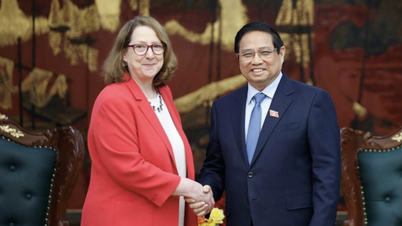



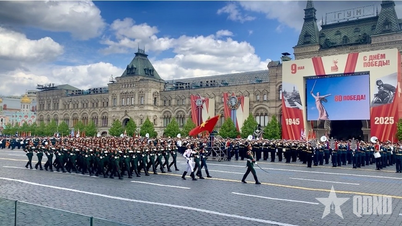



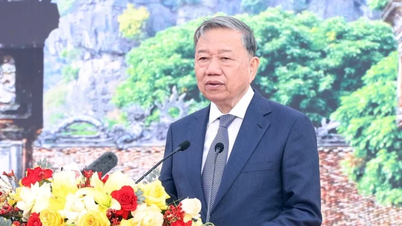

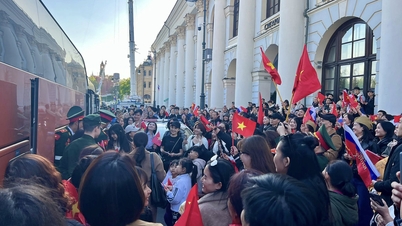





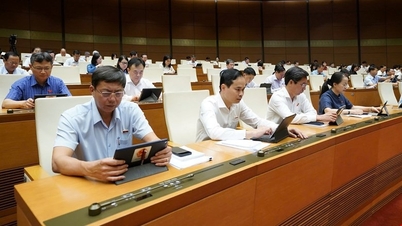
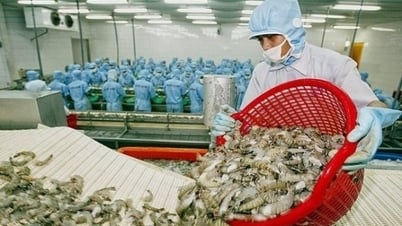



























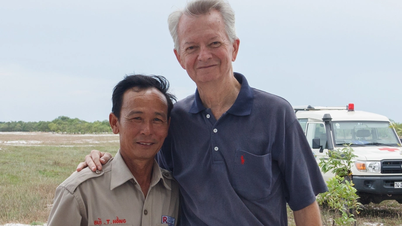











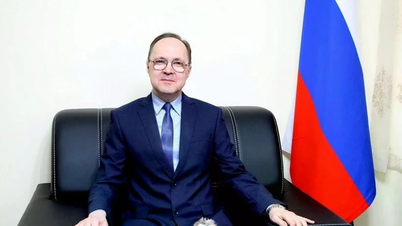
![[Photo] Prime Minister Pham Minh Chinh talks on the phone with Singaporean Prime Minister Lawrence Wong](https://vphoto.vietnam.vn/thumb/402x226/vietnam/resource/IMAGE/2025/5/8/e2eab082d9bc4fc4a360b28fa0ab94de)
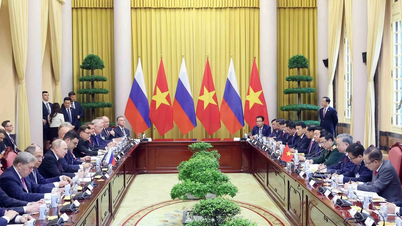

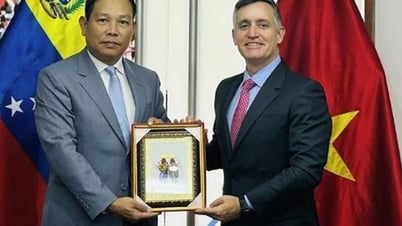







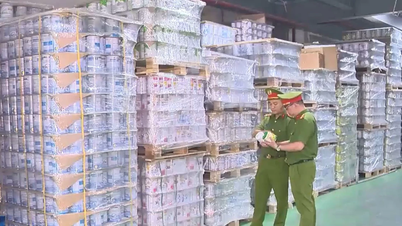



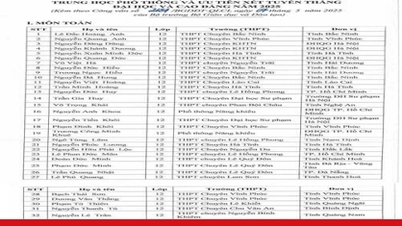

















Comment (0)